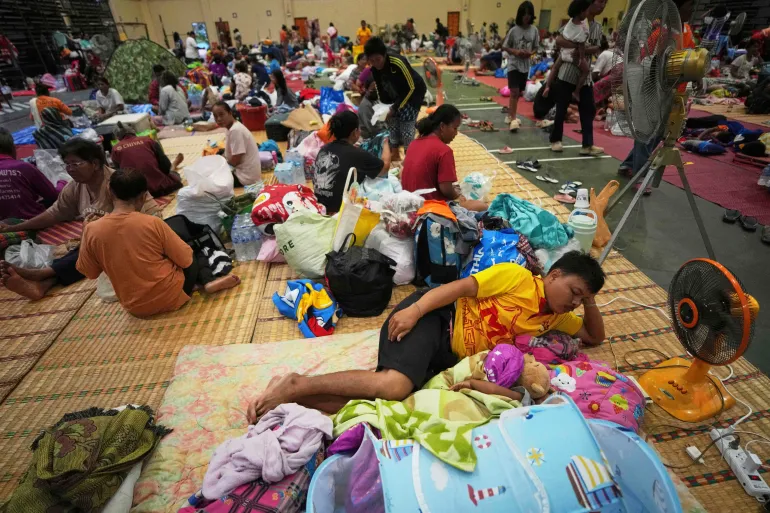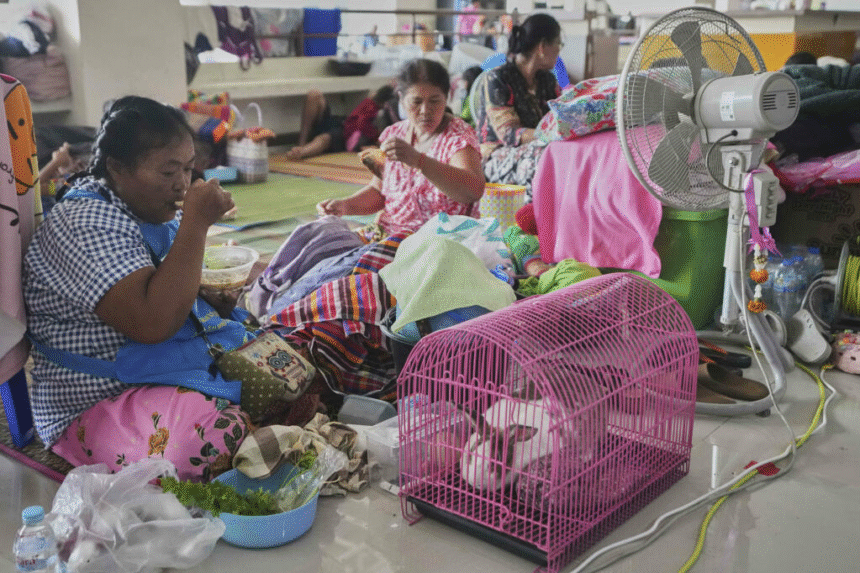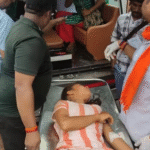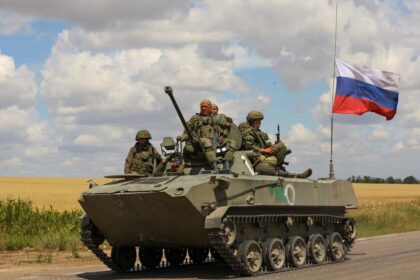Thailand & Cambodia Agree to Ceasefire Talks After Trump Steps In — But Border Clashes Continue Amid 15+ Casualties
Thailand and Cambodia agree to ceasefire talks after Donald Trump’s unexpected intervention, but deadly border clashes continue near the Preah Vihear region, leaving 15+ dead and 50 injured. ASEAN steps in as tensions escalate
In a tense and volatile development that has drawn global attention, Thailand and Cambodia have agreed to begin ceasefire negotiations following an unexpected intervention by former U.S. President Donald Trump. Despite this diplomatic breakthrough, heavy fighting continues in the disputed Preah Vihear temple region, leaving at least 15 dead and over 50 injured in the last 72 hours. The crisis highlights the fragile peace in Southeast Asia and the enduring tensions over long-disputed borders

The recent escalation began earlier this week, when both Thai and Cambodian military forces exchanged artillery fire near the Preah Vihear temple, a UNESCO World Heritage Site and historic flashpoint for territorial disputes. The violence reportedly began when Cambodian troops accused Thai soldiers of unauthorized entry into a demilitarized zone, prompting immediate retaliation.
Heavy weapons fire, including mortar shells and machine guns, turned parts of the ancient border zone into a war zone, sending local villagers fleeing. Witnesses described seeing homes, schools, and even places of worship destroyed, with many civilians trapped during the early stages of the fighting.
The Preah Vihear temple sits atop a cliff on the Thailand–Cambodia border and has been the subject of heated disputes since the 1950s. Although the International Court of Justice awarded sovereignty of the temple to Cambodia in 1962, the surrounding land remains undemarcated, and both sides continue to claim overlapping territories.
Periodic border clashes have occurred over the decades, with particularly violent incidents in 2008, 2011, and now in 2025. Nationalist sentiments on both sides make diplomatic resolution especially difficult.
According to the latest official reports:
At least 15 people have been killed, including 5 Thai soldiers, 3 Cambodian soldiers, and 7 civilians.
Over 50 people have sustained serious injuries from shelling, gunfire, and collapsing buildings.
More than 1,200 villagers have been forced to flee their homes and are now sheltering in makeshift camps or government relief centers.
Three schools, two pagodas, and multiple homes have been damaged or destroyed in the fighting.
Local hospitals on both sides of the border are reportedly overwhelmed, and humanitarian aid organizations have urged both governments to establish medical corridors for emergency relief.
Former U.S. President Donald Trump, who has kept a relatively low public profile since leaving office, shocked observers by inserting himself into the crisis. According to senior diplomats in Southeast Asia, Trump personally reached out to intermediaries in Bangkok and Phnom Penh, offering to mediate the crisis.

Trump’s statement on Truth Social read:
“Peace through strength! I’ve spoken with both sides — Thailand and Cambodia — and they’ve agreed to start ceasefire discussions. The fighting must stop. Let’s work for peace and prosperity in the Indo-Pacific!”
Sources close to Trump claim he proposed a neutral venue such as Singapore for the negotiations and has been speaking with members of ASEAN to encourage multilateral involvement.
Though Trump’s initiative is not officially sanctioned by the U.S. government, his intervention seems to have catalyzed the first serious diplomatic contact between the two nations since the violence erupted.
ASEAN sources confirmed that both nations have agreed to a preliminary discussion focused on:
- Immediate cessation of hostilities
- Deployment of neutral observers (possibly under ASEAN or UN supervision)
- Safe evacuation of civilians and medical support
- Establishment of a military communication hotline to prevent misfires
- Initiation of long-term border demarcation talks
The talks are scheduled to begin within the next 5–7 days, though analysts warn that ongoing clashes could derail negotiations before they even begin.ASEAN has taken a proactive role, calling for restraint and offering to facilitate the negotiations. In a joint statement, the bloc emphasized “peaceful dialogue and regional solidarity” as the only viable path forward.
The United Nations echoed the call for restraint and urged both sides to protect civilian lives and heritage sites, especially the Preah Vihear temple, which holds deep cultural and religious significance.
Neighboring countries such as Vietnam and Laos have also expressed concern, fearing the crisis could destabilize the greater Mekong region, which is already facing economic and environmental stressors.
The immediate human cost is alarming, but the economic implications are also profound:
Border trade between Thailand and Cambodia, which accounts for nearly $3 billion annually, has come to a halt.
Tourism revenue in the Preah Vihear and Siem Reap regions is expected to drop sharply.
Local businesses on both sides are already reporting millions in losses, with supply chains disrupted.
Displacement has placed pressure on provincial administrations, with calls for international humanitarian aid growing louder.
Read Also : Stampede at Haridwar’s Mansa Devi Temple Kills 6 Devotees; CM Pushkar Dhami Responds with Urgent Action Plan








